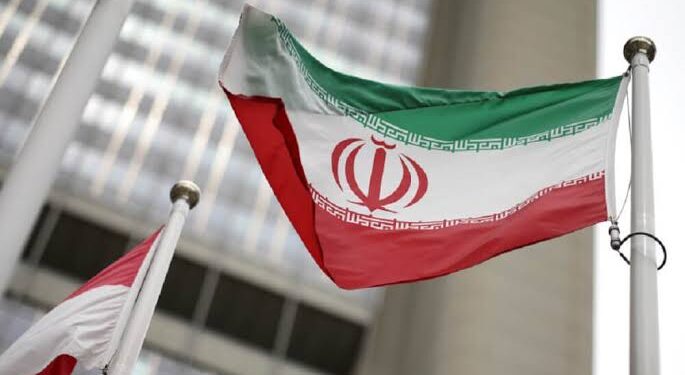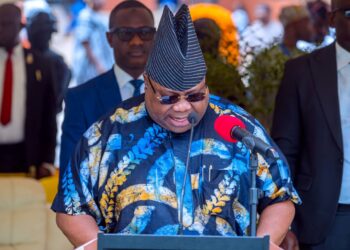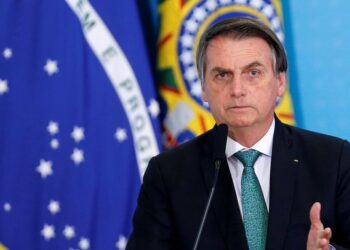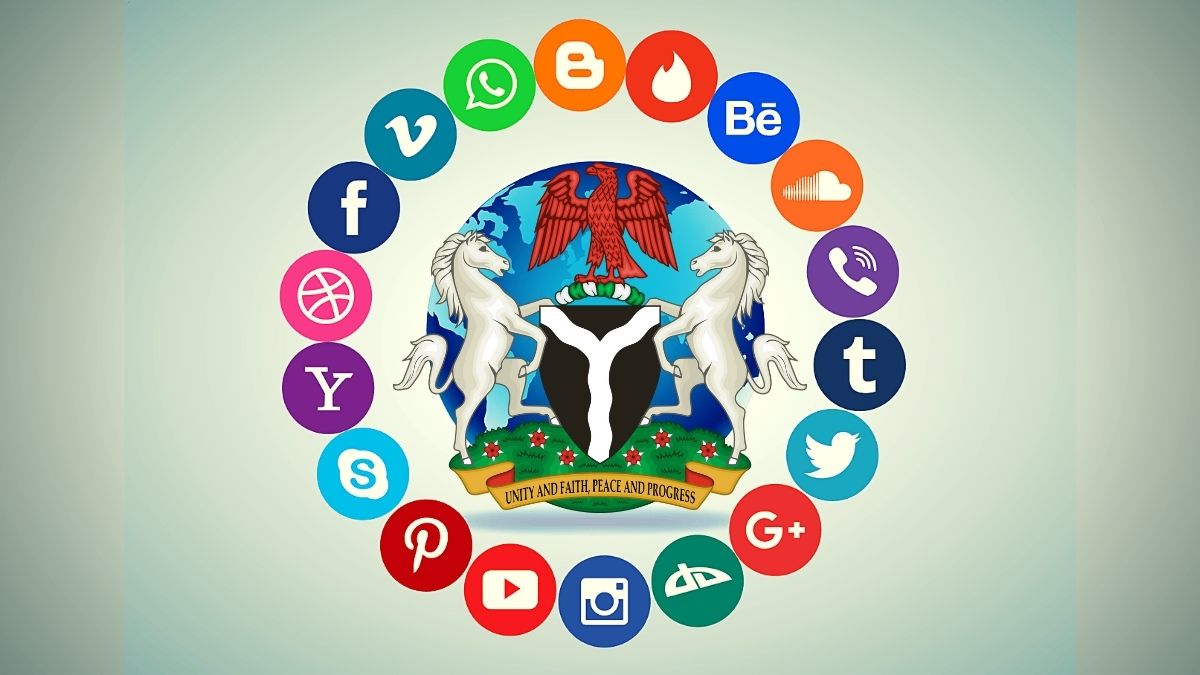Iranians are set to vote for their preferred presidential candidate on Friday, following the recent death of former President Ebrahim Raisi in a helicopter crash last month. While the election is democratic, it remains tightly controlled, permitting only candidates who align with the hard-line views of the Supreme Leader.
The Supreme Leader’s Influence
Ayatollah Ali Khamenei, the Supreme Leader of Iran, is known as the highest authority in Iran and wields ultimate authority over state matters, including foreign and nuclear policies. He controls all branches of government, the military, the media, and significant financial resources. His influence in Iran ensures that the election process and its outcomes align closely with his prerogative.
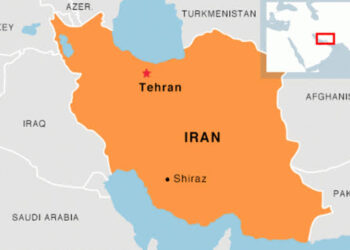
Escalating Regional and Domestic Tensions
The upcoming election takes place against a backdrop of escalating regional tensions due to the Israel-Hamas conflict and increasing Western pressure on Iran over its advancing nuclear program. Additionally, Iran faces growing domestic dissent driven by political, social, and economic crises. However, the impending succession of the fiercely anti-Western Khamenei, now 86 years old, is a paramount concern among Iran’s clerical elite.
The next president of Iran will be crucial in the process of selecting the next Supreme Leader. Raisi was considered a potential successor to Khamenei, however, his sudden death ignited a race among hardliners to influence the selection of Iran’s top leader.
Candidates and the Guardian Council
The Guardian Council, a hardline vetting body aligned with Khamenei, has approved five hardline and one low-profile moderate candidate from an initial pool of 80 candidates. Among the prominent hardliners are Mohammad Baqer Qalibaf, parliament speaker and former head of the Revolutionary Guards, and Saeed Jalili, a former nuclear negotiator. The sole moderate candidate, Massoud Pezeshkian, has the backing of Iran’s sidelined reformist camp.
While Khamenei has not publicly endorsed any candidate, his adviser Yahya Rahim Safavi has encouraged voters to choose a president whose views align with the Supreme Leader. “The people should choose a president who considers himself the second in command… The president should not create division,” Safavi stated, emphasizing that real power rests with the Supreme Leader, despite the recognition given to the role of the president.
Public Sentiment and Potential Boycotts
Many Iranians will likely abstain from voting due to limited electoral options, dissatisfaction with a crackdown on dissent, and frustration over deteriorating living standards. Iranian dissidents, both domestically and abroad, are campaigning for an election boycott using the hashtag #ElectionCircus on social media, particularly X, they think a high voter turnout would legitimize the Islamic Republic.
Narges Mohammadi, the imprisoned Iranian Nobel Peace Prize laureate, has labeled the vote a “sham” election, criticizing the government’s reliance on repression to maintain power. Conversely, prominent reformist politicians warn that low voter turnout will allow hardliners to maintain control over all arms of the state.
Past Election Turnout and Possible Outcomes
Raisi’s victory in 2021 saw a turnout of about 49%, a significant drop from 70% in 2017 and 76% in 2013, largely due to widespread voter apathy. If no candidate wins at least 50 percent plus one vote of all ballots cast, including blank votes, a run-off round between the top two candidates will be held.
Bottom Line
The upcoming presidential election in Iran is set against a complex backdrop of internal and external pressures. While tightly controlled, the election’s outcome will have significant implications for the country’s future leadership and its stance on critical issues. Voter turnout and public sentiment towards the candidates will play a crucial role in shaping the political landscape of Iran.

